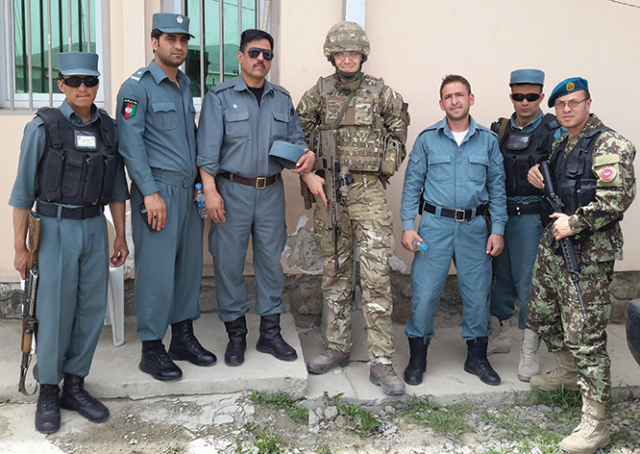Flight from Kabul: a historical perspective
Historian article

In this article, Matt Jux-Blayney compares the British retreat from Kabul in 1842 with the most recent flight of NATO from Kabul in August 2021. Matt explores the various similarities between the two campaigns and includes personal recollections from his service in Afghanistan with the British Army.
On 6 January 1842, with deep snow covering the ground, the remnants of the Army of the Indus, under the command of Major-General William Elphinstone, began their ignominious withdrawal from Kabul. They were making for the relative safety of the British garrison stationed at Jalalabad. The subsequent retreat saw the massacre of the 44th Regiment of Foot at Gandamak. Thousands of sepoys and camp-followers also died, as did the families of British and Indian troops. About 16,000 soldiers and civilians were killed, missing or captured in the passes between Kabul and Jalalabad. For many people, the lasting image of the retreat was captured in Lady Butler’s painting, Remnants of an Army (1879). It depicted the arrival at Jalalabad of the emaciated and wounded Assistant Surgeon William Brydon, at the time thought to be the only survivor...
This resource is FREE for Historian HA Members.
Non HA Members can get instant access for £2.49

